WHO WE ARE
bumb’INGOMSO – isiXhosa for ‘Mould the future’ – is a multi-faceted HIV-prevention project that combines behavioural, biomedical, social and economic interventions to support, motivate and inspire adolescent girls and young women to reduce high-risk behaviour and make healthy life choices, in order to reduce the incidence of HIV infections.
Launched in 2016, bumb’INGOMSO addresses the individual, interpersonal and structural factors that drive the vulnerability of girls and young women through programmes that include leadership development, tackling gender-based violence, improving the delivery of youth-friendly health services and connecting young people to economic opportunities.
bumb’INGOMSO is a development project of the National Department of Health (NDoH) and is co-financed by the Federal Republic of Germany through KfW and DGMT, which is also the executing agent. It is currently implemented across 18 wards in the Buffalo City Metropolitan Municipality and Amathole District Municipality in partnership with the Small Projects Foundation, Beyond Zero, Masimanyane Women’s Rights International and Masibumbane Development Organisation.
MEET THE TEAMS
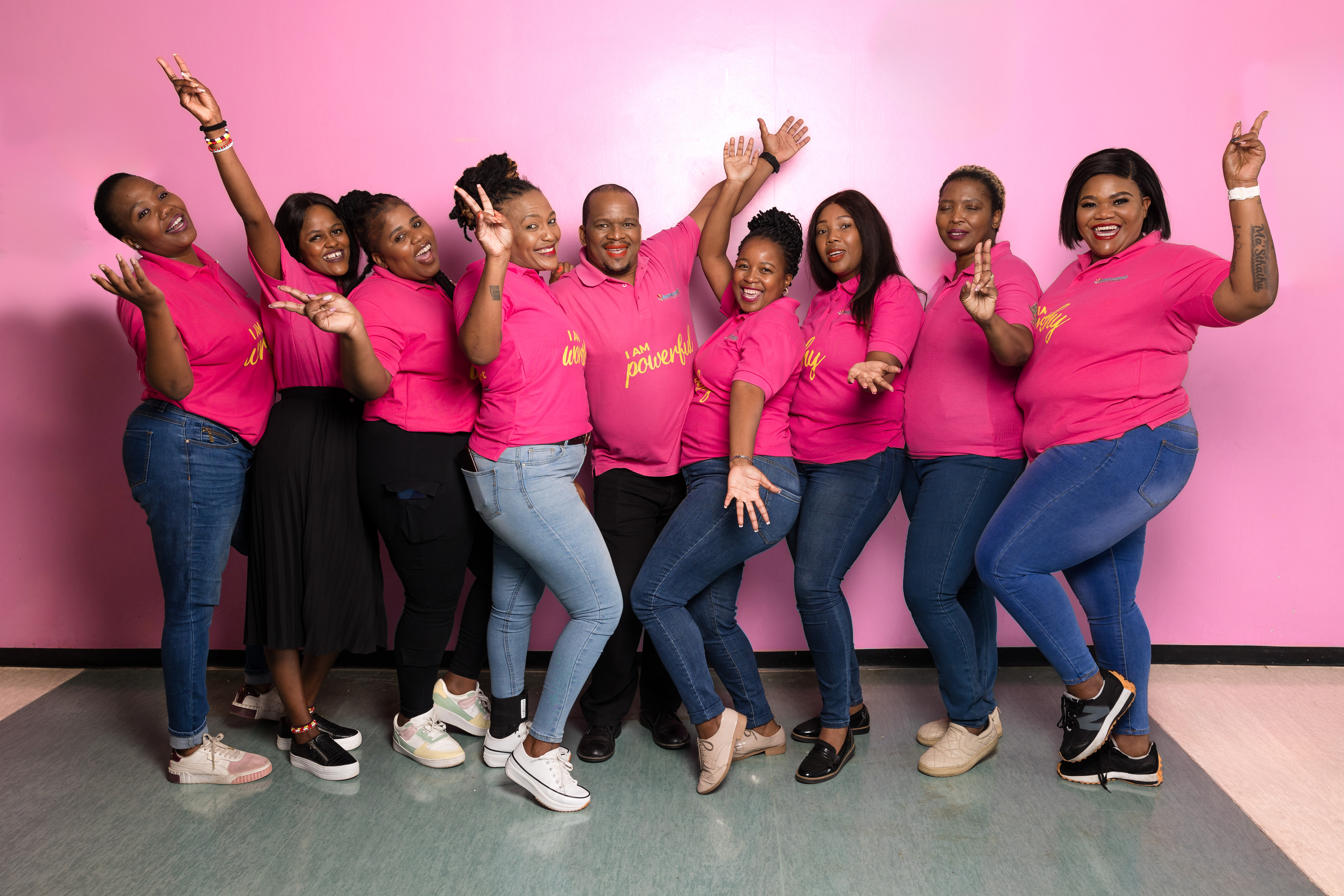
Behaviour Change Communication
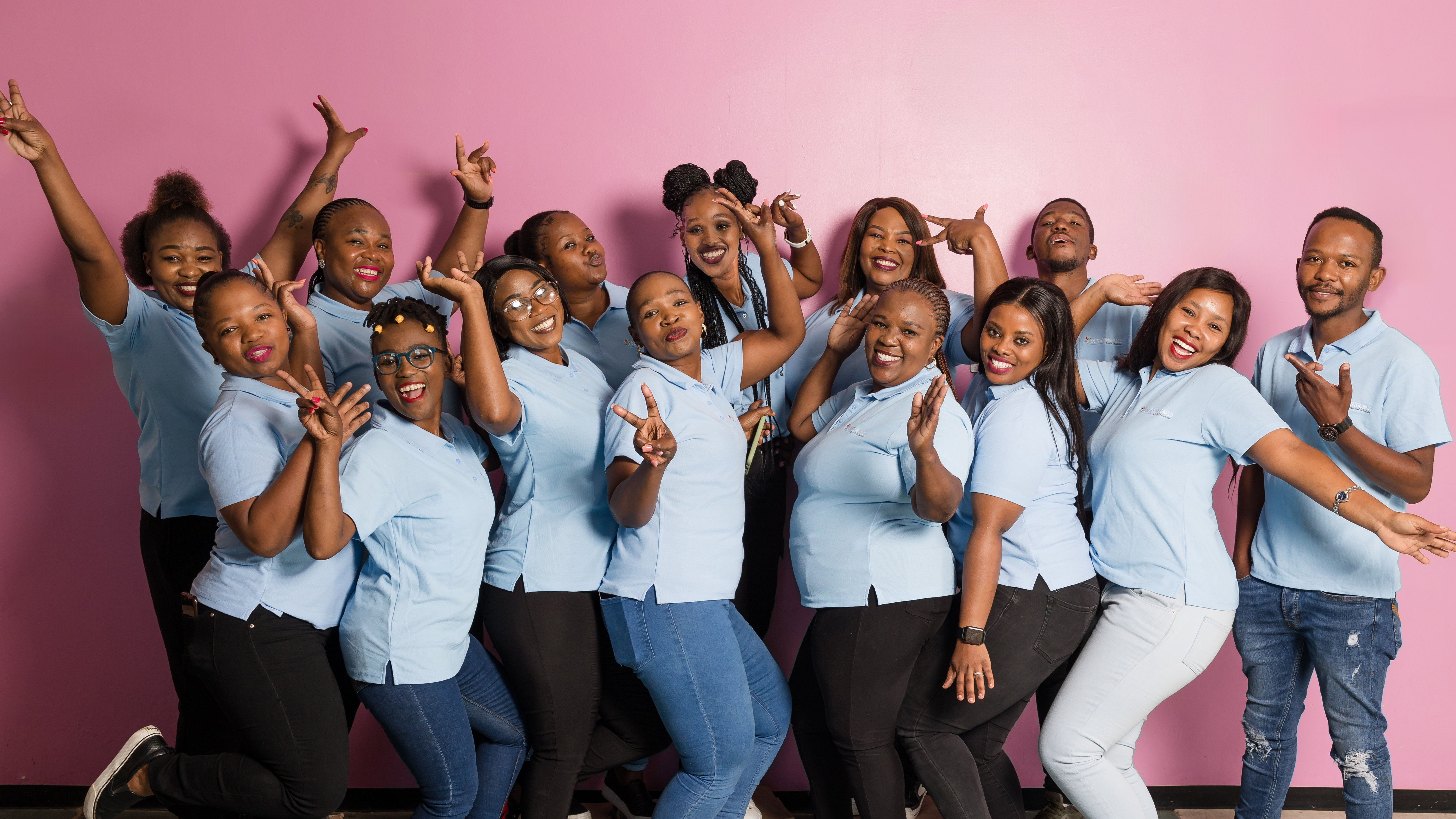
Health Intervention
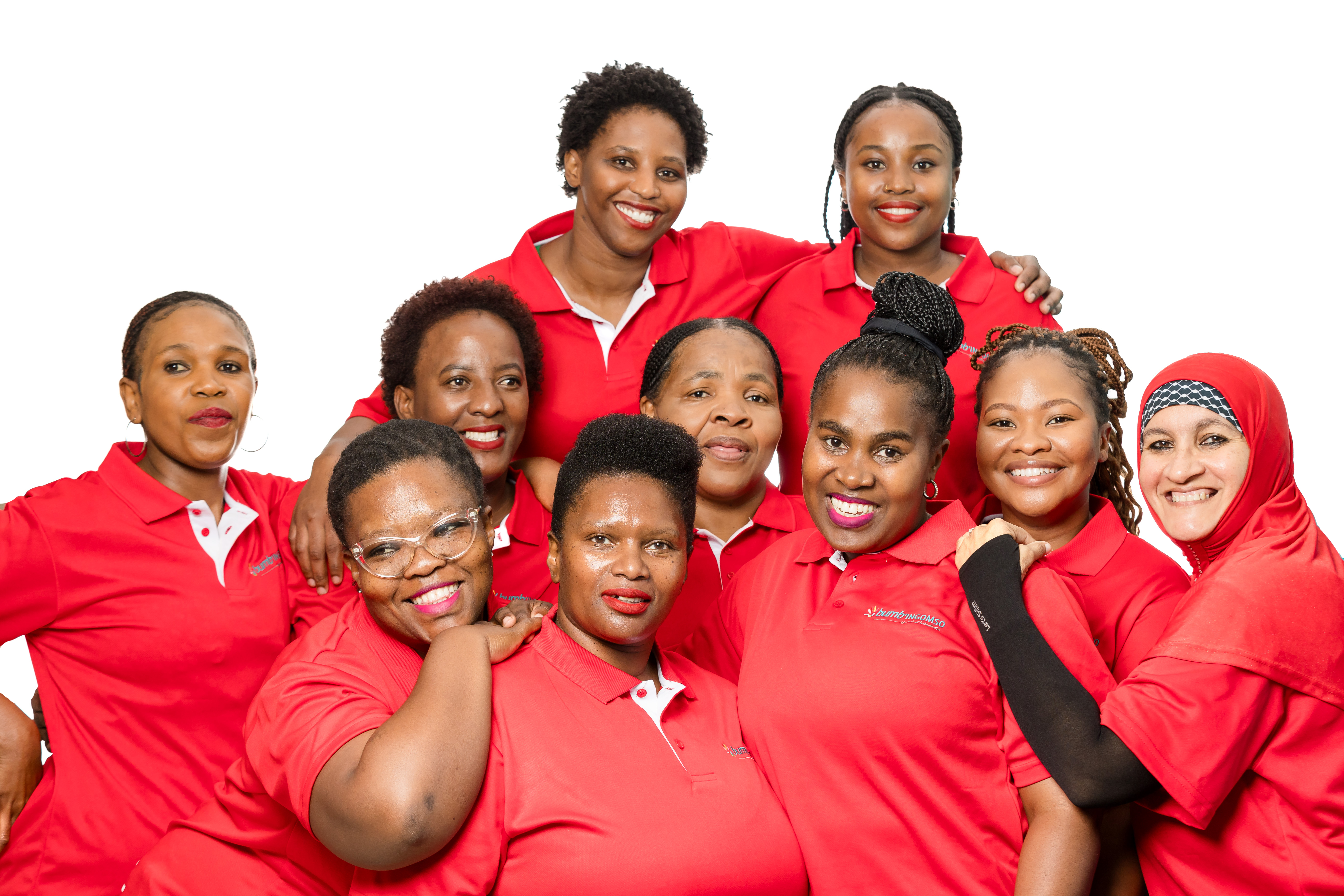
GBV
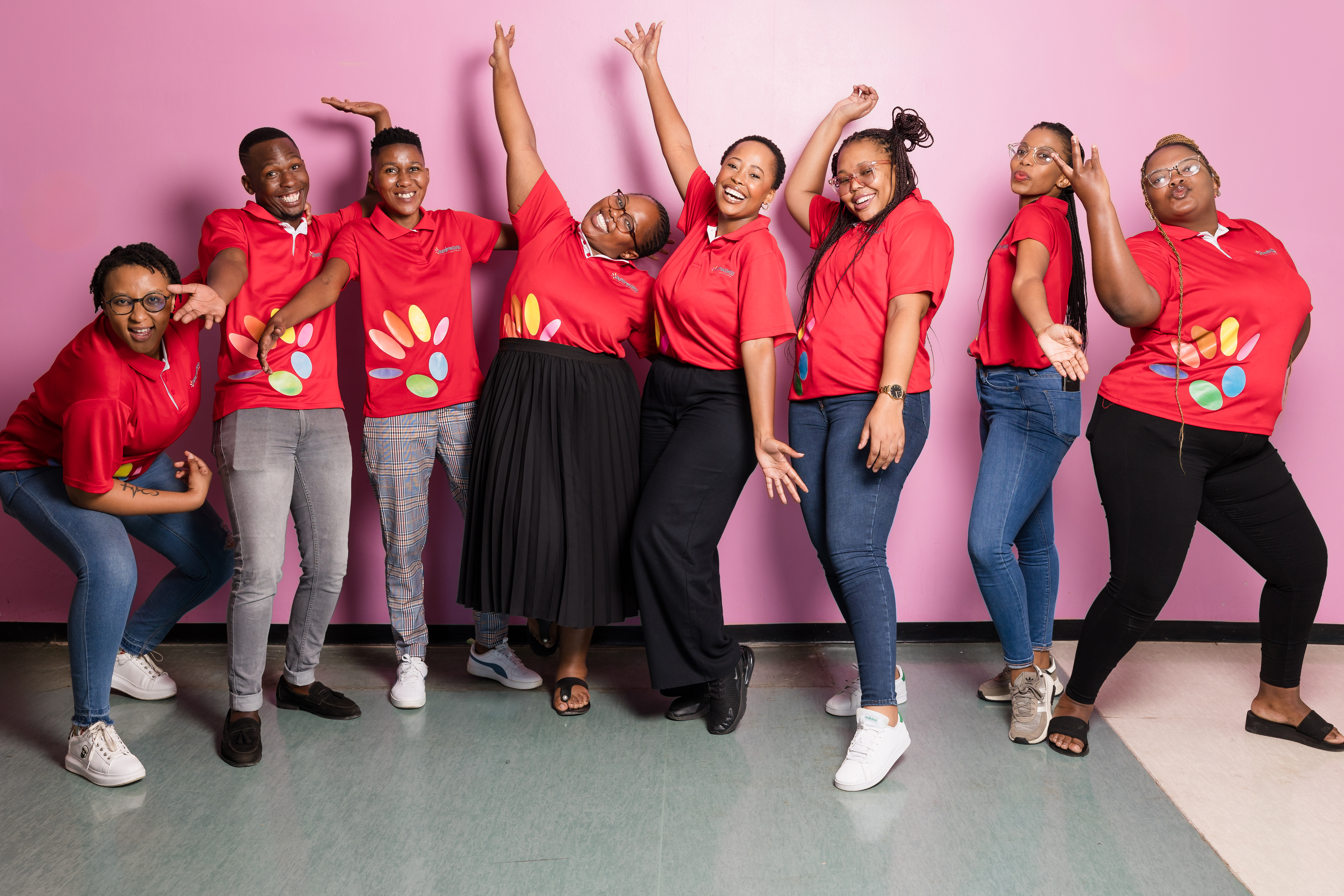
Economic Opportunities
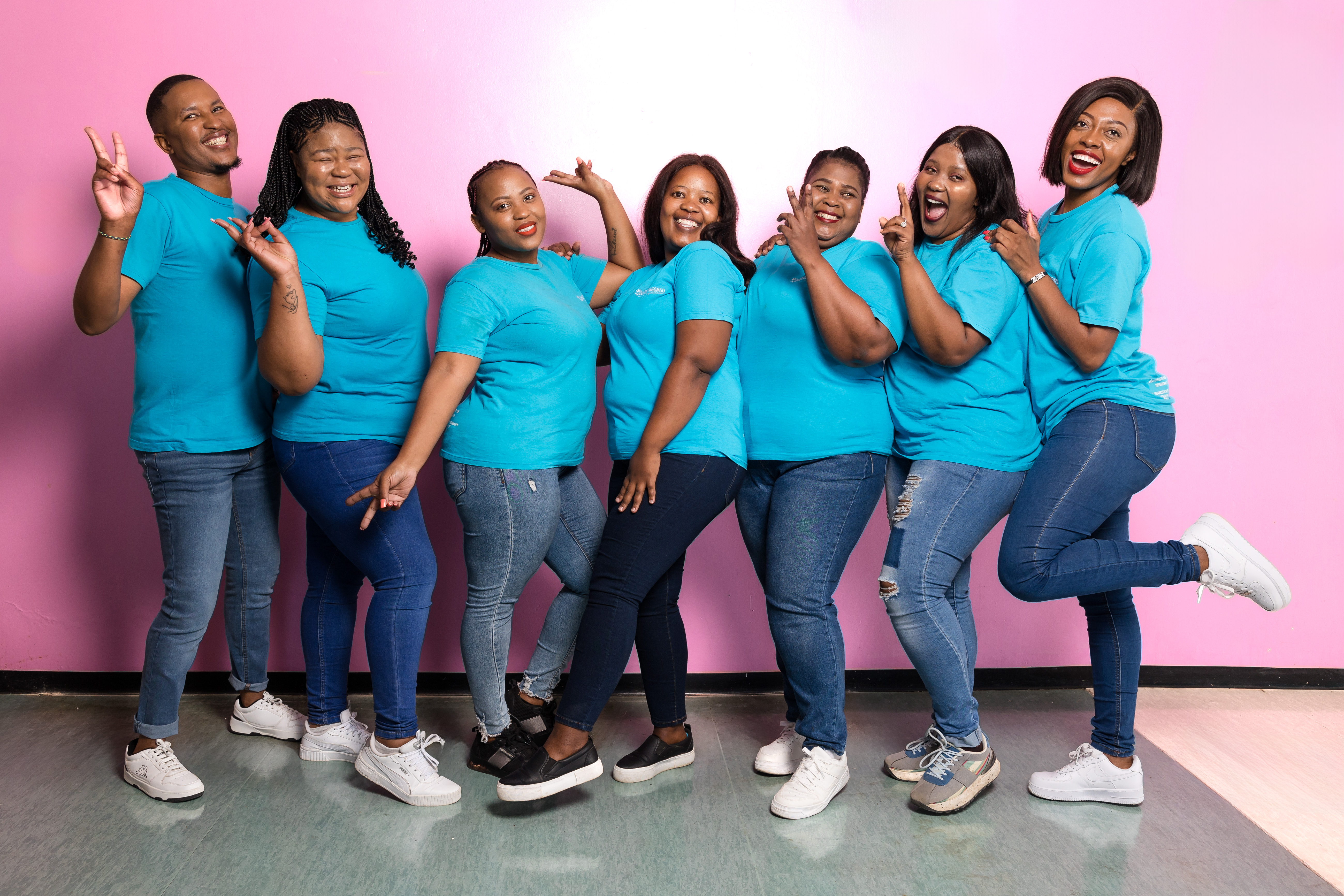
IKHWELOLethu

Psychosocial Support
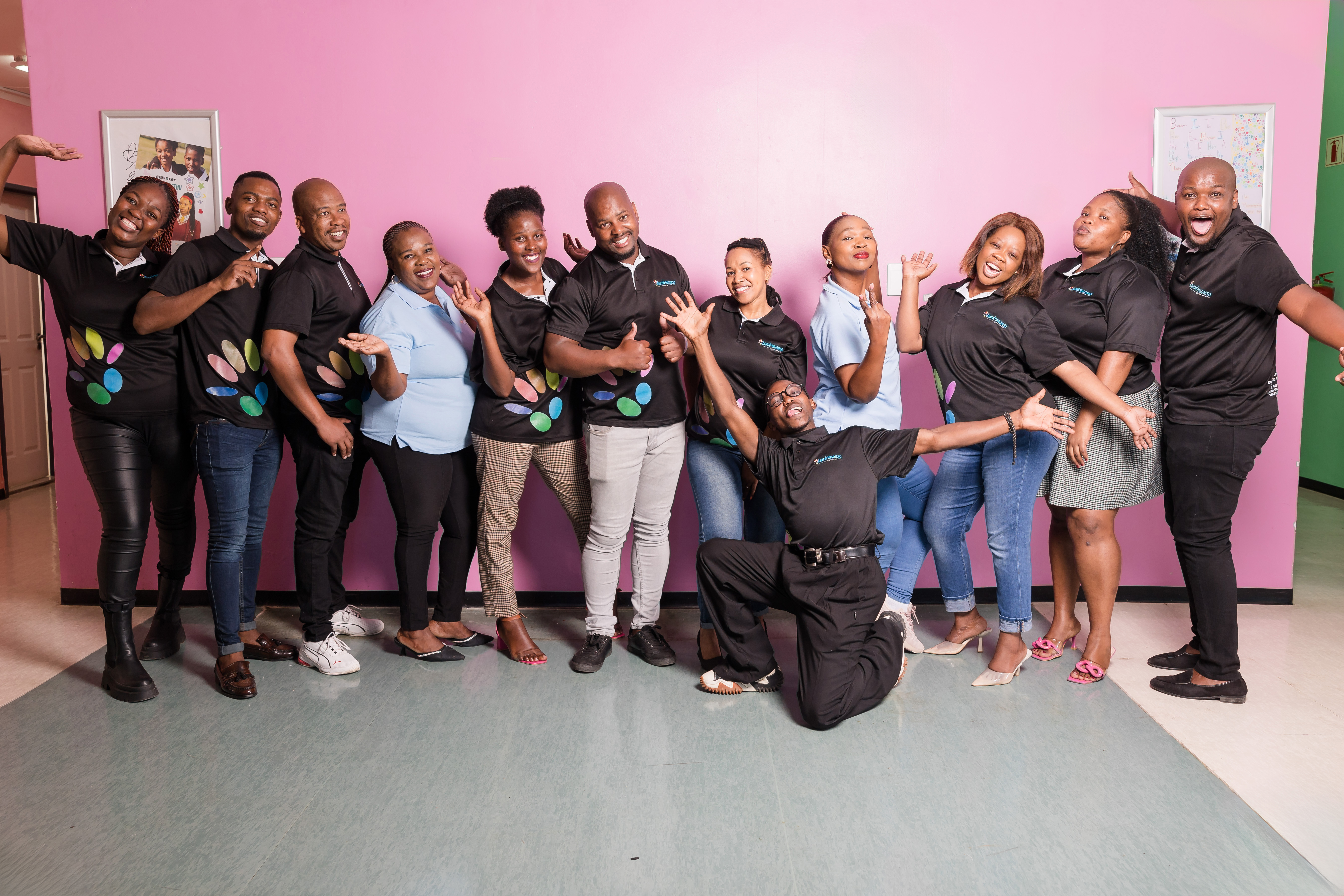
Lingomso Youth Centre
MEET THE TEAM - BI CORE

Nokuthula Futwa
Project Director
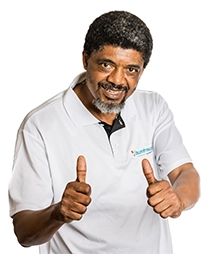
Tau Matseliso
Chief Operations Officer

Nthateng Mhlambiso
Senior Communications Manager

Pumela Zaleni
Monitoring & Evaluation Manager
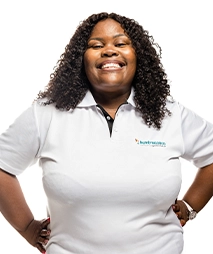
Spokazi Tyiwani
Communications Manager

Jermaine Hartley
Financial Accountant
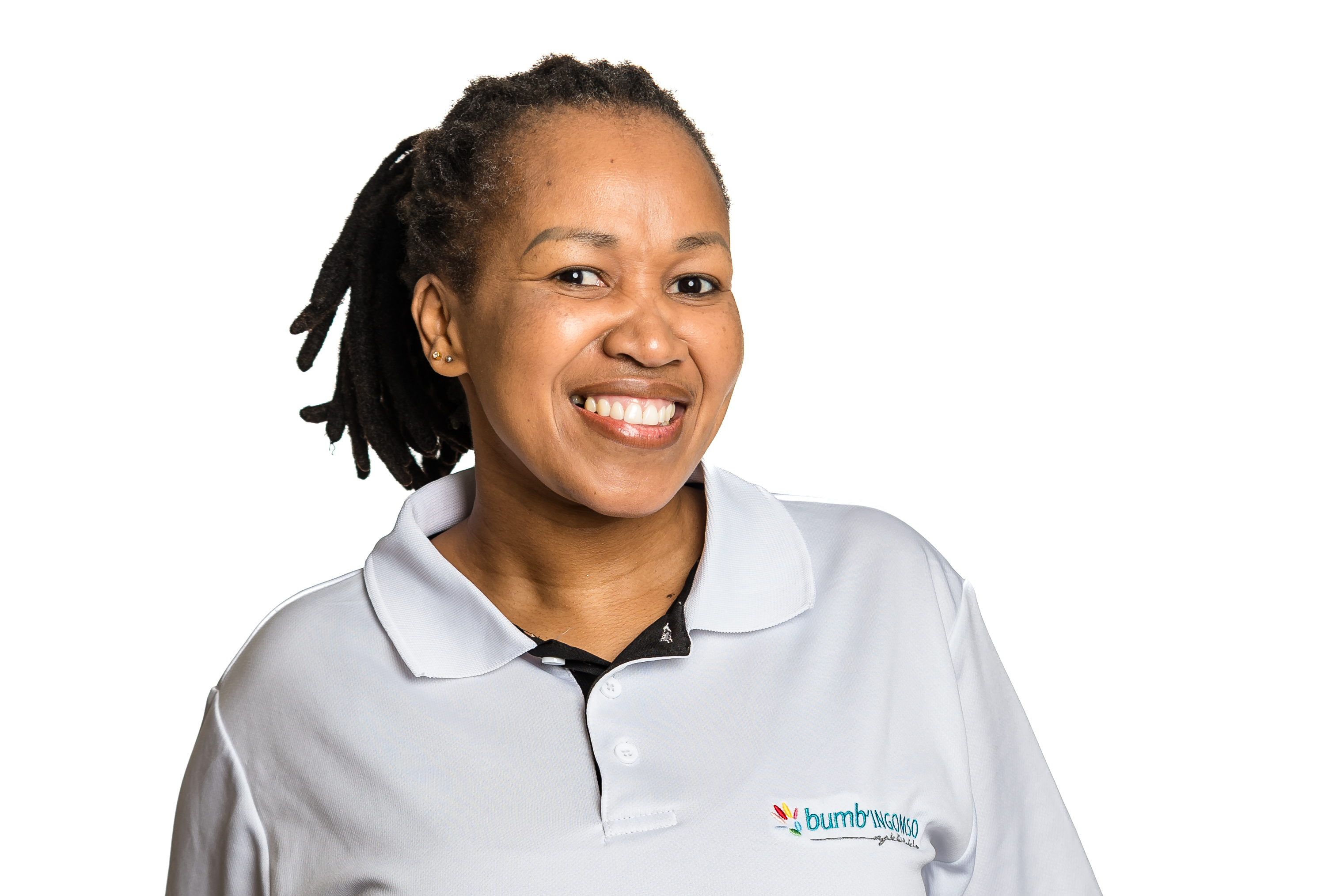
Nyameka Gumede
Lingomso Youth Centre Manager
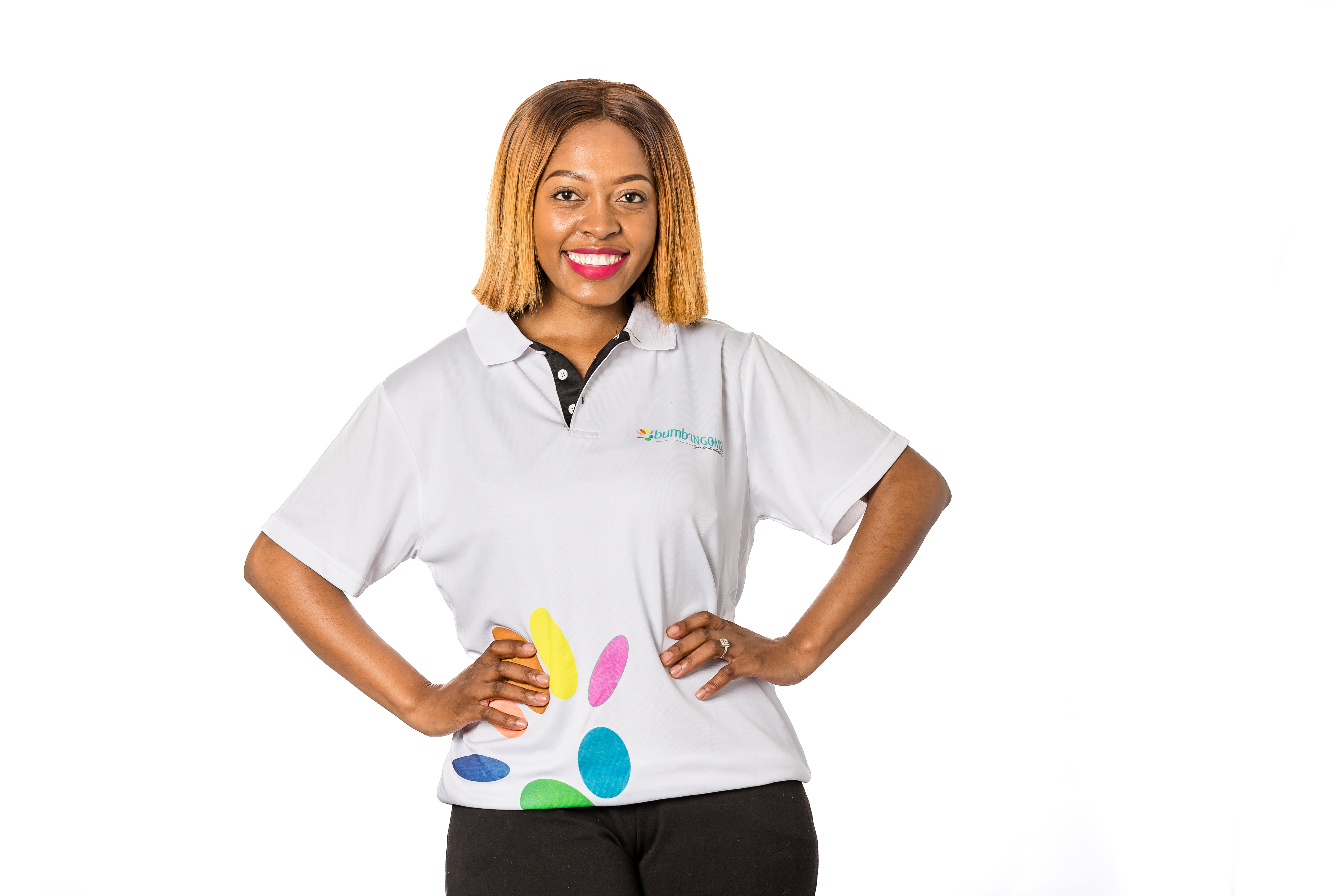
Anezwa Gcilitshana
IKHWELOLethu Project Lead

Vuyokazi Ntlebi
Economic Opportunities Project Lead
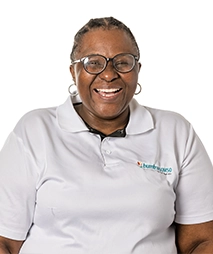
Ndilinde Mlakalaka
Project Administrator

Siphumelele Dyakophu
Social Media Officer
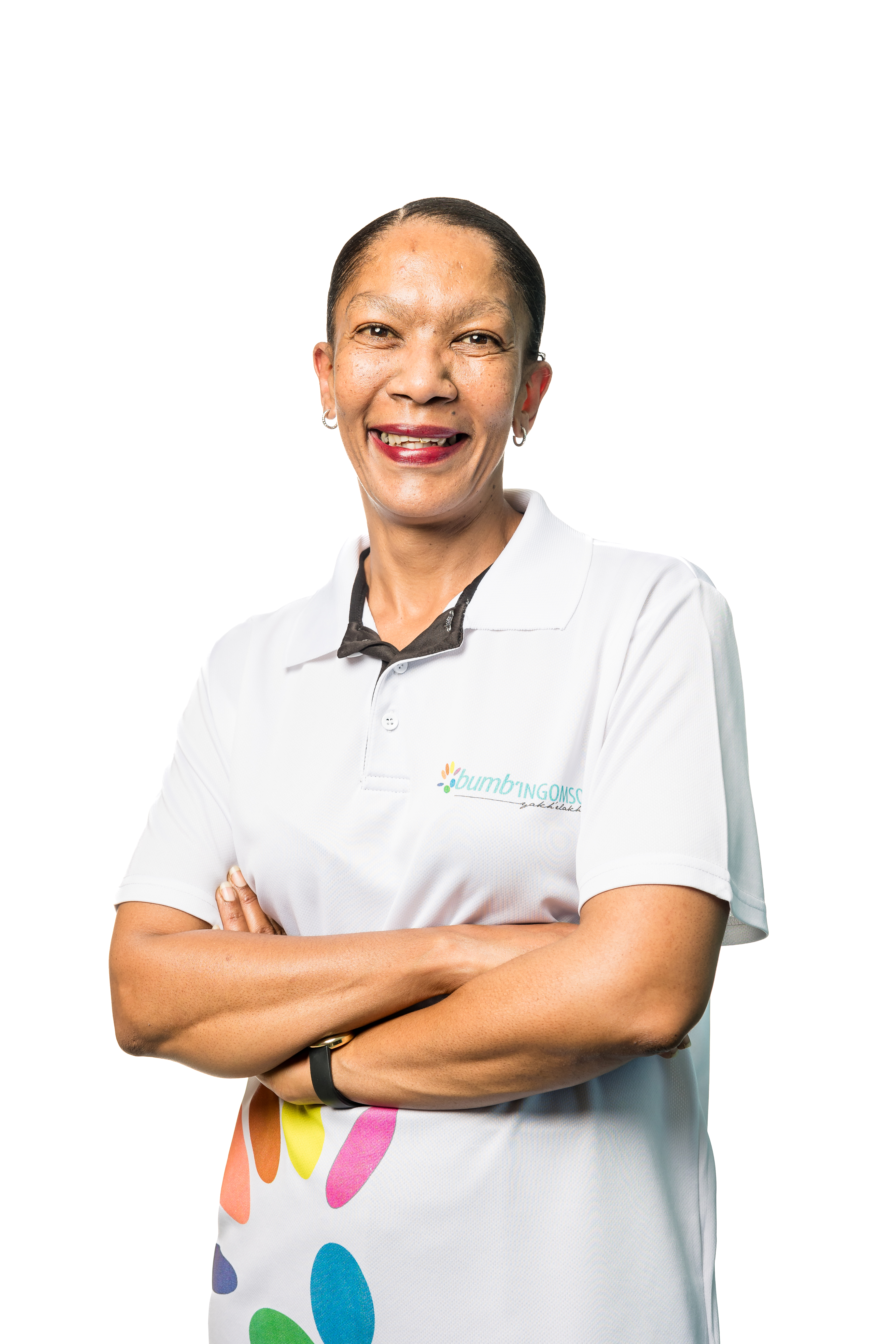
Jonelle Bodenhorst
Office Assistant

Sikelelwa Malgas
Housekeeper

Nomasango Gxiba
HR Officer
Background
Conclusions of the bumb’INGOMSO (BI) household survey 2018 showed that :
